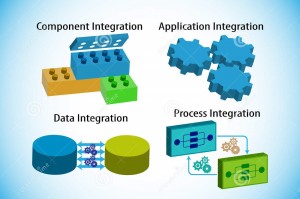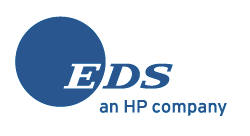For many of us, we develop software that is meant for vertical markets such as banking, insurance, energy, retail, health care, lending, etc. Unlike Facebook, Google, Microsoft, and Apple, our markets are smaller, but in many ways more demanding because we need to cater to a client base that has processes and systems that include legacy technology and are more entrenched.
I mention these heavy weight companies because they are successful and provide many of the resources, tools, software stacks, and hardware that we rely upon. Not to mention, they also provide products and service we need to support. We can learn a lot from these guys and should take advantage of all their resources. But our software requirements are different, our users are different, and we have a lot more interaction with legacy systems, processes, and data.
Not to downplay the excellence that is Facebook, the internet while mature is relatively young; especially compared to the industries we support. Implementing a revelation such as Facebook, from a software standpoint, is much easier than the software you create and maintain on a daily basis. We can learn a lot from Facebook (and others), around performance, scaling, deployment, versioning, and upgrading. Their sheer volumes alone are enormous and it is rare that anyone complains about response times or service. I know I can usually blame my ISP for any outage or performance issues.
Our industries have processes and systems that have been in place for decades. And they drive very important aspects of a company’s business or municipality’s services. Not all processes are automated. Many are manual and have paradigms that are not easily translated into software solutions (or they would have been so already). Happy paths are easily explained and usually the first aspects translated to software. But the exception paths are many, not easily identified, and are obfuscated by the many transitions from exception back to happy path.
The transitions can go through many hands, from one department to another, can involve research, confirmation, and in some cases authorization. While happy path constitutes 90% of business as usual, it is the 10% that costs our industries the most. From a widgets counting standpoint, 90% sounds really good (and be sure it is) but it does not address the major costs and pain points which our clients really want and need us to address.
Integrations are a major concern for our software. It is critical if you want to compete for new accounts. It is not likely your software can replace all the systems used by a client. Your ability to integrate with their existing systems can make the difference for your sales team. You don’t necessarily have to include the integrations out of the box, but you must have extensibility built-in to reduce the implementation time line and costs. Being able to show a simple integration, like importing a spreadsheet, during a demo has been very effective in the past. Especially if you can illustrate the same capability as an automated process.
This is where I want to focus my blog. Developing software for vertical markets and legacy industries is were a lot of us live. I hope you find this useful or helpful and will participate by providing your ideas, criticisms, and insights.
Please register and let me know what you think.






